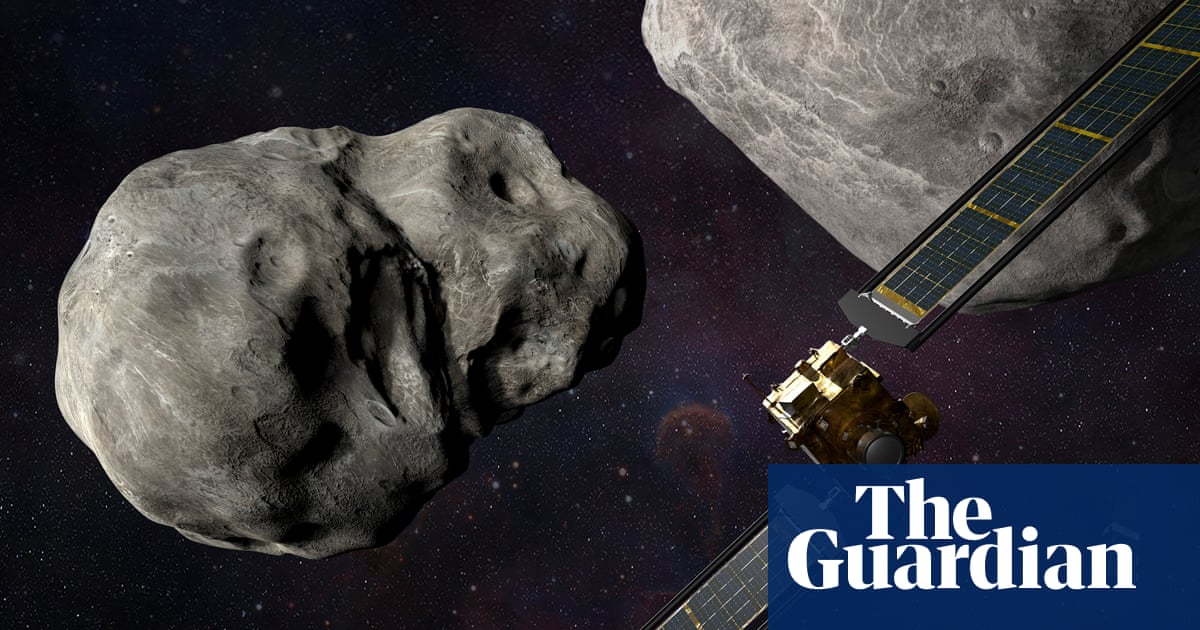
metre
The metre or meter, symbol m, is the primary unit of length in the International System of Units, though its prefixed forms are also used relatively frequently. The metre was originally defined in 1793 as one ten-millionth of the distance from the equator to the North Pole along a great circle, so the Earth's circumference is approximately 40000 km. In 1799, the metre was redefined in terms of a prototype metre bar. In 1960, the metre was redefined in terms of a certain number of wavelengths of a certain emission line of krypton-86. The current definition was adopted in 1983 and modified slightly in 2002 to clarify that the metre is a measure of proper length. From 1983 until 2019, the metre was formally defined as the length of the path travelled by light in a vacuum in 1/299792458 of a second. After the 2019 redefinition of the SI base units, this definition was rephrased to include the definition of a second in terms of the caesium frequency ΔνCs; 299792458 m/s.










